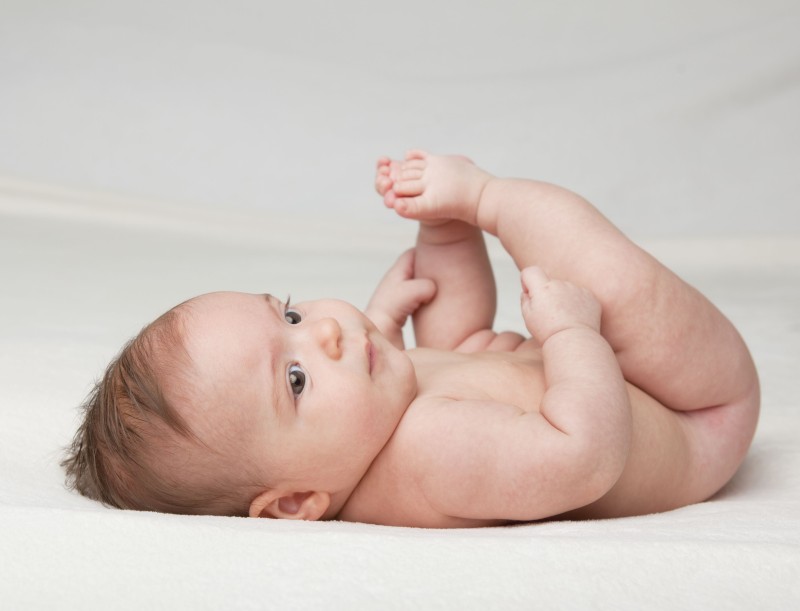Depending on your age, you may remember all the commercials and telethons lighting up TV screens in the fight to end cerebral palsy. If not, then you may not know enough about this condition or about the strides taken to help families in need. So where do we stand?
What Is Cerebral Palsy?
Cerebral palsy (CP) is a neurological condition that results from brain injury or brain malformation. Specifically, the condition causes abnormal motor control along with other cerebral palsy symptoms due to changes that take place in the brain. (1)
CP symptoms can develop while an infant is still in the womb, during birth, or at some point during the first year of life. Can CP be avoided at birth or in that first year of life? It’s hard to say, but if a baby develops CP, there are now different forms of therapy to help improve motor control and quality of life. (2)
Cerebral Palsy Types
- Spastic Cerebral Palsy – This is the most common type of CP, which causes convulsions and abnormal reflexes in newborns or infants.
- Athetoid Cerebral Palsy – This type of CP affects up to 20% of children with the disorder. It is characterized by slow, uncontrolled writhing movements.
- Ataxic Cerebral Palsy – A more rare type, characterized by trouble with balance, coordination, walking, and depth-perception.
- Mixed Form – A child who has CP symptoms of more than one of the above types is considered to have a mixed form of the disease. (3)

Cerebral Palsy Symptoms
- Convulsions, lack of coordination, clumsiness, and spasming
- Stiffness and shortening of the muscles, joints and tendons
- Paralysis, typically affecting one side of the body
- Impaired intellectual abilities
- Trouble walking
- Developmental delays that affect speech, vision, hearing and language
- Trouble chewing and swallowing
- Difficulty breathing
- Crossed or wandering eyes
- Difficulty using hands
- Behavioral problems due to temperamental issues
- Seizure disorders such as epilepsy (4)

Cerebral Palsy Causes
- Inadequate blood flow reaching tissues in the developing brain, especially during early pregnancy in the first trimester
- Injury to the brain that occurs during labor and delivery
- Infection or illnesses that occur inside or near the brain during pregnancy
- Bleeding in the brain during pregnancy
- Illnesses that cause inflammation of brain tissue during the first year of life, such as meningitis, sepsis, or trauma (5)
Cerebral Palsy Treatments
1. Physical Therapy, Stretching, and Exercises
Cerebral palsy causes stiffness in the arms and legs. Physical therapy is often an effective cerebral palsy treatment that can help keep the muscles limber and strong. Physical therapy aids in movement and motor control, while stretching helps decrease the hardening of muscles, which can lead to deformity. (6) For example, stretches and exercises that can help reduce cerebral palsy symptoms include:
- Strength-building exercises using exercise balls
- Resistance bands or free weights
- Sitting stretches
- Kneeling
- Rolling over exercises for infants
- Use of swimming pools

2. Assistive Devices
Cerebral palsy treatment often includes assistive devices such as walkers, crutches, bracers, splints, or a cane. These devices assist with mobility and functionality. But other assistive devices, such as electronic communication boards and eye-tracking devices, are more recent additions to CP therapy. When they are combined with physical or occupational therapy at a young age, assistive devices can not only help train the muscles, but also give a developing child help with participating in society. (7)
3. Speech Therapy
Children with cerebral palsy are often affected by speech problems. This is called dysarthria. Speech therapy is a common part of cerebral palsy treatment that can help children learn to better articulate their words. Speech therapy can also help children with CP learn to use their tongue effectively and swallow food safely. What’s more, focusing on neck strength also helps with posture and sitting. So when coupled with occupational therapy and certain assistive devices, speech therapy helps with quality of life. (8, 9)

4. Occupational Therapy
Occupational therapy can be an effective form of treatment to help patients perform everyday tasks. This type of therapy focuses on tasks such as eating, dressing, bathing and preparing food. Occupational therapy can help patients with CP learn to be more independent. And hippotherapy, which is also called therapeutic riding, offers benefits that translate to everyday tasks, thus improving quality of life. (10, 11)
5. Psychological Therapy
A CP diagnosis can take an emotional toll on many families. Psychological therapy or support groups can help parents and other family members feel like they are not alone. This type of therapy can help relieve stress, prevent anxiety and teach parents how to best manage their child’s situation without feeling overwhelmed. (12)
Despite a recent resurgence in studies hoping to improve the quality of life of people living with CP, researchers can further analyze what is working and what isn’t. The goal is to improve the devices and therapies that already work well, as well as discover new technologies. (13)


